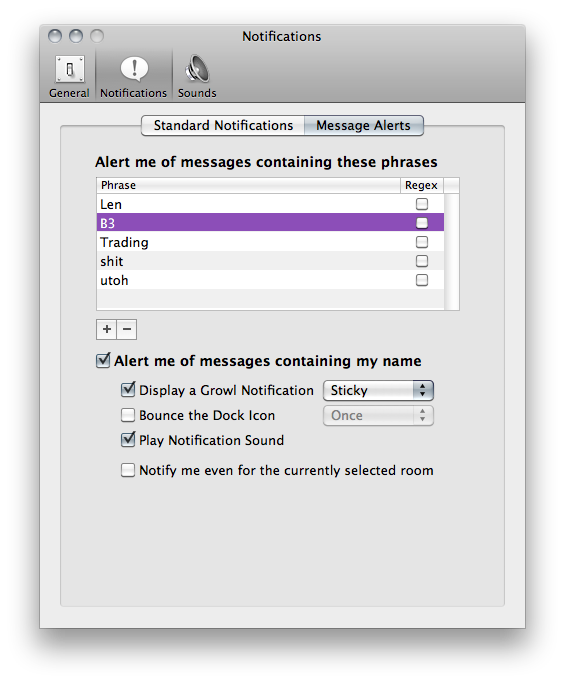1. Using the telephone.

Telephone technology has not significantly advanced in a century.
It sounds like AM radio.
Stop.
Skype can sound like a CD, assuming you spend more than $10 on a microphone and have a decent internet connection. Skype does brilliant filtering of background noise and can adjust levels if multiple people are talking even more brilliantly.
This is not just audiophilery. Voice quality is important because:
- “I’m sorry, what was that?” is a waste of everyone’s time
- You don’t want misunderstandings due to mishearing
- It’s more enjoyable having a conversation with someone who sounds like they’re in the same room.
- You feel more connected to a voice that sounds human than a tinny noise squaking out of the telephone.
(And even just a laptop with Skype is a far better speakerphone than any speakerphone.)
2. Not using the best screen sharing tools
Being able to share your screen quickly is critical for collaboration. It’s easier to show a problem than describe it, and misunderstandings can be terribly wasteful.
And if you’re doing software, there’s nothing better than pair-programming at least some of the time.
Remote pairing is often considered fantasy. This belief is understandable since LiveMeeting, GoToMeeting, CrossLoop and other garbage are peddled as viable solutions. They are not. Their quality is poor and their painful setup wastes hours of productivity.
Nothing I have yet seen beats LogMeIn Pro . LogMeIn lets your partner see your desktop through any firewall and use your mouse and keyboard as if it were their own. It works on OSX or Windows, and if you have IE or the FireFox plugin installed the quality will be close to Remote Desktop. It then degrades gracefully to Java, Flash and finally resorts to sending images.
LogMeIn Express isn’t quite as sharp as LogMeIn Pro, but is a tolerable substitute for people who don’t want to spend $15 a month or want to share their screen to multiple participants.)
3. Not adjusting their schedule
Waiting hours for a critical answer is crippling. You should adjust your schedule to overlap your working hours as much as possible. The notion of working 9-5 is even more antiquated than the need to share the same physical location.
4. Never meeting
You should meet as soon as reasonably possible. The people you work with should be more than anonymous voices on the other side of the Internet. It’s harder to get aggravated with a screenname that types technological heresy at you if you have a connection to it as a human.
5. Abusing IM
Instant messaging is not always the most efficient form of communication.
Unless you’re just staring mindlessly at the screen an IM is disruptive. Your train of thought had momentum that is derailed when you receive an IM.
While the different means of communication I use are always in flux, one staple in the arsenal is Campfire . Campfire is just simple chat done right, but it has some advantages over IM.
- It can broadcast to your entire team and interested parties can engage in the conversation while others skim over it
- Chats are logged, so they are searchable by the entire team and absent members can catch up
- Instead of getting interrupted by an IM I can pop over to Campfire whenever I run my integration tests or have a free second
I use the Propane client for Mac which has the great feature of showing me Growl notifications for certain terms that are important to me and could require my immediate attention.
I’ve decided it’s important if someone says my name, a project I’m working on or uses an expletive:

Two other tools for remote workers I think I might believe in but haven’t been able to try yet are internal twitters like Yammer or virtual windows like Scott Hanselman describes .
And on that note, I so far avoided talking about webcams.

Seeing each other is important to feel more connected, but the story for sharing video is still not great.
Camera setup can be a hassle and waste time if you don’t all have quality computers.
And to top it off, only betas of Skype can handle more than two people with cameras, so video involves coordinating use of yet another tool. (We use tinychat for its simplicity, but the quality is not great and it will occasionally boot us out of the room.)<
Using webcams at home can also introduce the danger of a partner unknowingly walking into the frame and being broadcast to your conference room, so please take precautions as this would probably be bad for you.
Follow me on twitter at @ignu
Listen to my podcast at http://turing.cool